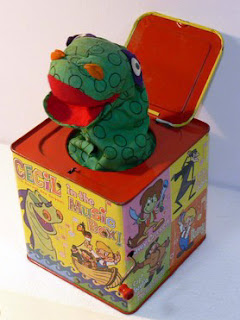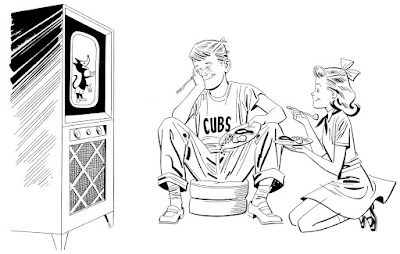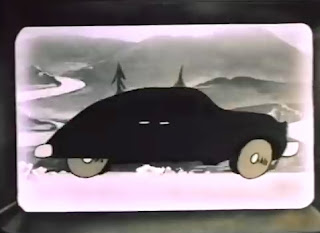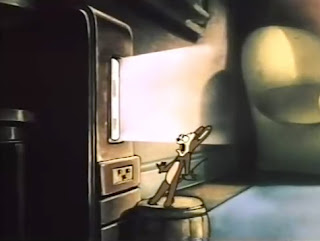 |
| The view this past weekend |
Fortunately, back in the late 1960s and early 1970s, Journal Staff Writer Hermaine Speigle wrote a series of wonderful articles about historic, landmark homes in Lorain County – including this one, the Wilson-Baldauf House.
And here’s the story of the house, as it appeared in the Journal back on Sunday, January 24, 1971. I’ll present it in two parts.
****
The House That Ebenezer Built – Part 1
By HERMAINE SPEIGLE
ACCORDING TO the present owners of “The Baldauf House,” at the corner of Kinzel and Center Roads, Avon, the ghost of Ebenezer Wilson, who built the house in 1859-61, doesn’t live there any more.
But his spirit is there just the same. It’s built right into the solid, made-to-last-forever, no frills construction of the dour, grey box-on-box structure.
The 34-year-old immigrant from Northhampshire, England, who married in New York before coming to Black River Township, was a practical man. He came with a deed to 180 acres from the Connecticut Land Company, and promptly put up a log cabin for his wife, Ann, and their three children.
Then he started his permanent home directly across the dirt road from the cabin. Walnut and oak trees were felled, and native stone dug. Amherst sandstone blocks and sand from the ridge were hauled in. Purchased materials and labor cost $600, $100 of which Wilson paid in cash. The balance was bartered with leather, whiskey and grain.
Two years later, the permanent home was ready for the family, now with another son, to move in.
Permanent is right. It outlasted Wilson and his children, including three more who were born in the downstairs ‘birthing room’ of the house.
It outlasted his cousin, Robert Faulkner, who bought the house from Wilson’s heirs, and John Baldauf, who purchased it for his bride, Emma, in 1907. Only six of the ten Baldauf children who were born in the birthing room are left.
Emma Baldauf lived in the house for 58 years before she sold it to John and Susan Bernard five years ago and built a smaller house next door for herself. “My boys each had pieces of farmland and homes of their own,” says Emma. “It was better to sell to a stranger.”
Bernard says he is still discovering the structural beauties of the landmark house which was designated a “Historical American Building” in a 1935 survey by the U.S. Library of Congress.
Putting his 'best foot' forward, Wilson had the facade built of blocks of sandstone, and doors and window sills and lintels are sandstone. The other walls are fieldstone, carefully laid in level course, now covered with ivy. The original 24-pane windows were set with reveals one-third of the wall depth.
The fieldstone foundation, five feet thick, tapers into the three foot walls. The basement is split by huge bearing walls into a main room and coal and storage rooms. The kitchen is over a cistern which supplies water for every purpose other than cooking. Piped-in gas from a well on the premises provides fuel for steam heat.
A music room and parlor front the house, with hallway and staircase between. Each room had a chimney fitted with cast-iron, enameled coal burning fireplaces and mantels. In the music room, the original set-up still provides heat, but the parlor fireplace was removed by the Baldaufs and replaced with a brick one.The hallway is spacious and airy, with east light coming through the panes flanking the door. The wide stairway is rock-hard oak, with turned walnut rails and spindles.
Bernard says his happiest surprise was learning that the gracefully turned walnut newel post, anchored in to the floor, continues on down to the basement! It is really a huge walnut tree, squared off, with only the top showing on the first floor.
Next: The ‘tour’ of the house continues.




















































